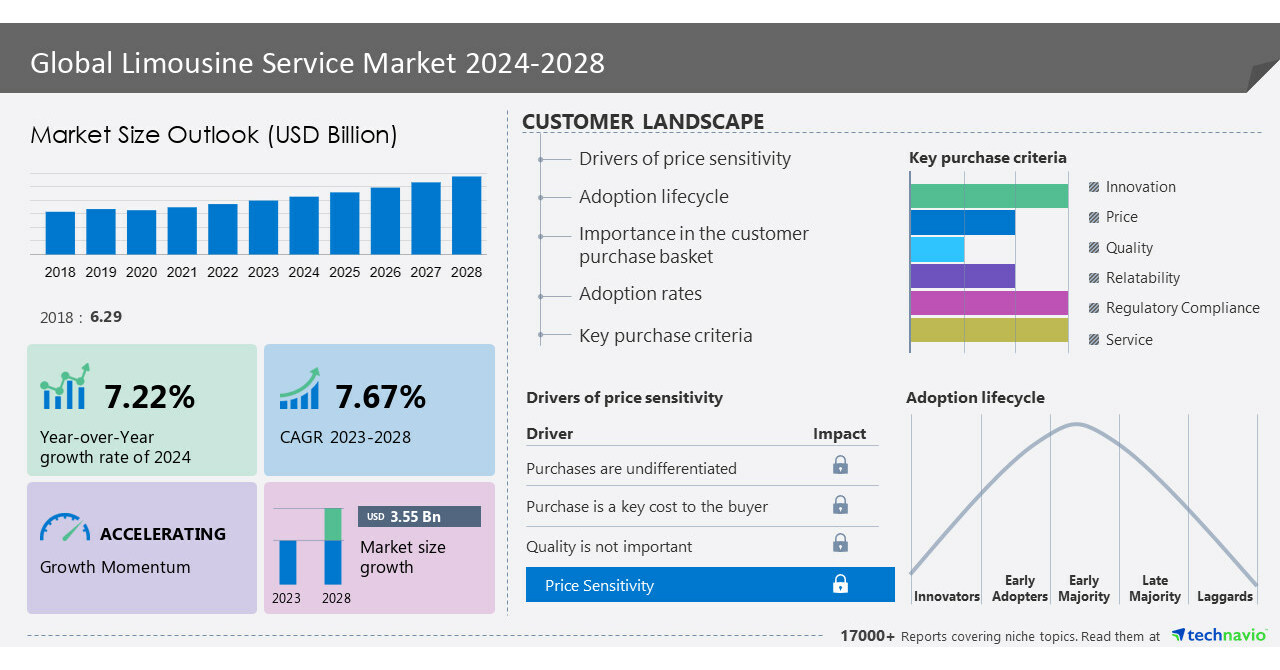Nearly 27% fewer aspiring Colorado college students have submitted a Free Application for Federal Student Aid this year compared to 2023 amid a federal financial aid fiasco.
That drop has state higher education leaders worried the ongoing delays and confusion surrounding the revamped financial aid application — known as FAFSA — will deter students from attending college this fall. Yet some Colorado schools report they’ve received more applications at this point than they had last year.
By late last month, 21,290 students in Colorado had submitted FAFSA forms to the U.S. Department of Education, down 26.9% from the prior academic year, according to National College Attainment Network data. That number is on par with national figures: 1.4 million FAFSA submissions had been received as of March 22, a 28.8% decline from the last academic year.
FAFSA is an online form that students submit to determine how much federal financial aid they qualify for based on their family’s income. This academic year, the U.S. Department of Education changed the form in a bid to make it easier to use and to provide more money to needy college students.
However, the rollout of the new FAFSA form has been plagued with delays, errors and widespread confusion, leaving students and higher education experts worried about a lack of participation in a program that can make the cost of college feasible for lower-income, marginalized students.
“Unfortunately, the rollout of the new FAFSA, the supposed-to-be-easier-and-better FAFSA, has been really problematic,” said Angie Paccione, executive director of the Colorado Department of Higher Education. “Usually, FAFSA is seen as the portal to funding higher education and now there are so many complications that people have been hesitant, and that’s why we’ve seen these numbers crashing as they have been.”
The data also shows the FAFSA issues are hitting Colorado’s lower-income and students of color hardest.
Colorado high schools enrolling fewer than 40% Black and Hispanic students — categorized as “low-minority high schools” — saw a 22.6% decline in FAFSA submissions this year. Meanwhile, Colorado high schools enrolling more than 40% Black and Hispanic students saw a steeper decline of 34.6%, according to the National College Attainment Network data.
Similarly, Colorado’s higher-income high schools saw a 22.7% decline in FAFSA submission while the state’s lower-income high schools saw a 39% decline.
“The biggest concern is that students will unintentionally postpone their entrance into higher education,” Paccione said. “For so many people filling it out, FAFSA provides them with the resources to actually attend. If they don’t fill it out, they may be under the perception they can’t afford to go, so they put it off. If you put off going, the chances of you actually going to college are reduced.”
Colleges feeling impact of FAFSA problems
The Colorado Department of Higher Education doesn’t know which Colorado higher education institutions are most impacted by falling FAFSA submissions, in part because of a backlog of unprocessed applications that the federal education department is still dealing with and because the state agency is still recovering from a massive data breach it announced last year.
Jennifer Helgeson, Metropolitan State University of Denver’s director of compliance in the Office of Financial Aid and Scholarship, said in an interview that MSU Denver has received 8,000 FAFSA applications so far.
The federal government sends the forms, once processed, to the colleges and universities that students have applied to, so that the institutions can offer financial aid packages that include federal aid and any other state or institutional aid that’s available.
“There’s no way of saying how many we actually have waiting that they’re still processing and they’re just sending them in batches, so there hasn’t been really any way to identify that,” Helgeson said.
MSU Denver, which serves the highest number of Latino students among Colorado higher education institutions, anticipates a 3% to 5% drop in enrollment next year as a result of the botched FAFSA rollout, said Long Huynh, the school’s chief enrollment officer.
Fort Lewis College has received about 3,000 FAFSA submissions so far — about half of where the Durango college usually is at this point in the academic year, said Jess Savage, Fort Lewis’s dean of enrollment. Of those, 22% have been rejected by the U.S. Department of Education, meaning the students must log back in to correct errors.
The U.S. Department of Education announced Monday that the webpage to fix those errors won’t be available until mid-April, Savage said.
The University of Colorado Boulder had received 4% fewer FAFSA applications as of Wednesday than at the same point last year — significantly ahead of the state and national average, said Nicole Mueksch, the school’s acting director of issues management. Yet CU Boulder has been unable to process 17.6% of those FAFSA applications because they require corrections.
“Our campus is standing by to process those applications as quickly as possible once corrections are able to be made,” Mueksch said.
CU Boulder extended its confirmation date to June 1 to allow prospective students time to complete their FAFSA forms, receive financial aid offers and make informed decisions about their future education, Mueksch said.
At the University of Northern Colorado in Greeley and Colorado State University in Fort Collins, representatives said their campuses have received more admissions applications from prospective new undergraduate students at this point than they had last year. CSU’s applications are about 5% higher than last year, a spokesperson said.
“There is a light at the end of the tunnel”
The overhaul of the FAFSA form was supposed to make students’ lives easier, but the updated application took longer than anticipated to roll out. The time crunch meant colleges had less time to make financial aid offers, leaving some students wondering if they would get the money they need to make important decisions before enrollment deadlines.
However, the new form has been riddled with errors. Initially, the form didn’t properly account for inflation, according to the Associated Press. Then, parents without a Social Security number were blocked from filling out the application, meaning students with undocumented parents could not submit their aid applications.
While the department said those problems have been fixed, the U.S. Department of Education late last month discovered a calculation error in hundreds of thousands of FAFSA forms sent to colleges and will need to reprocess them.
Helgeson, Paccione and Mueksch all stressed that the most important thing for high school seniors and their families to know is that they should still fill out the FAFSA, despite all the problems.
“I think students are being cautious and hesitant, but what I want them to be is persistent,” Paccione said.
If a student runs into trouble filling out the form, they can contact the financial aid offices at the institutions where they’re applying for help and guidance, Helgeson said.
Some institutions have taken it upon themselves to find a fix for their students.
Leaders at Colorado Mesa University created a financial aid net-price calculator of their own. Prospective students of the Grand Junction school input their information and receive a financial aid tuition award from the school. If the official FAFSA amount ultimately comes back greater, students can keep the difference. If it’s lower, the school will honor its calculation.
Mesa President John Marshall told The Denver Post in February that the school could not risk losing students left in limbo wondering what their aid amount might be because their institution primarily serves students from underrepresented communities.
“If you’re feeling discouraged about the FAFSA, I cannot emphasize how important it is to fill it out because we projected we’re going to have a 40% increase in Pell eligibility,” Helgeson said, referring to federal grants awarded to students with financial need that don’t need to be paid back.
The Colorado Department of Higher Education is hosting town halls and workshops across the state, Paccione said, to help students, families and educators learn more about FAFSA and how to fill the applications out.
“Though it’s frustrating, there is a light at the end of the tunnel,” Helgeson said.
Get more Colorado news by signing up for our Mile High Roundup email newsletter.







